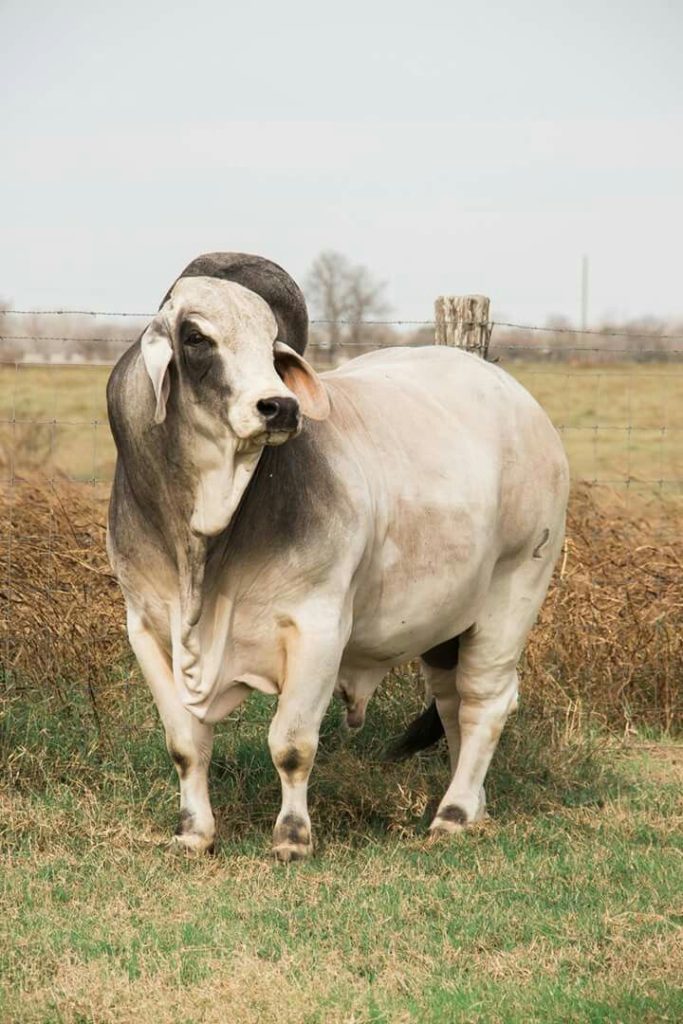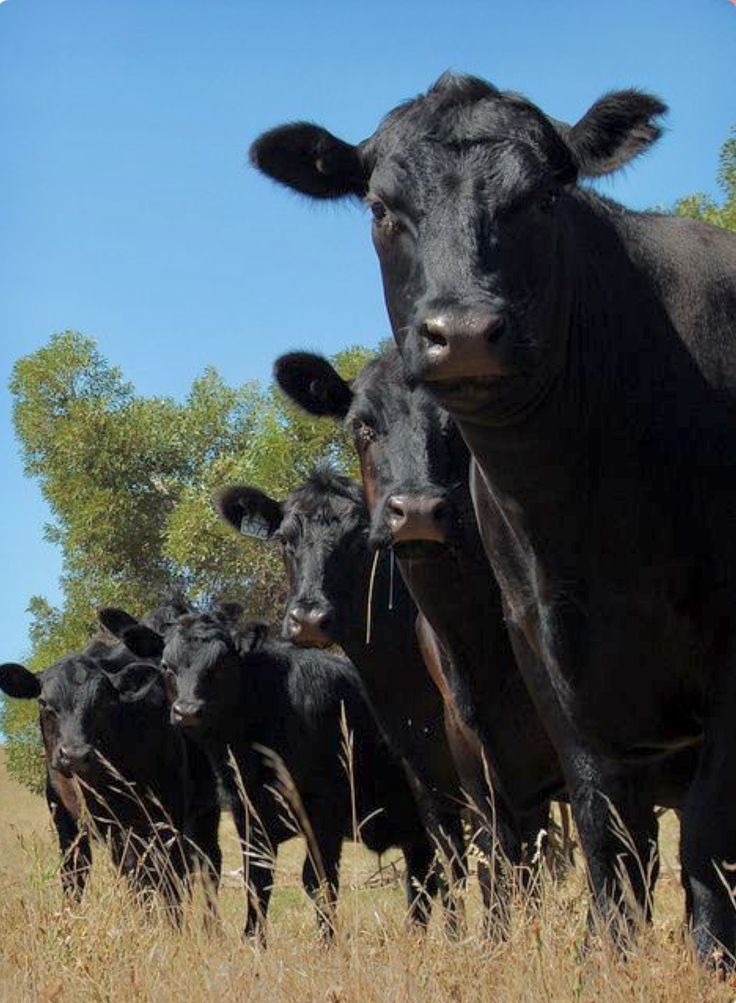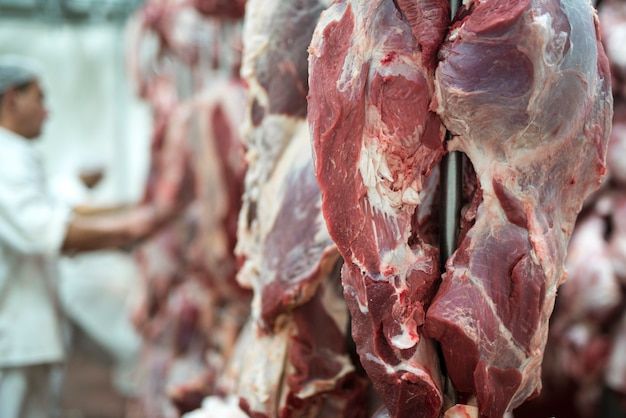Starting a beef cattle farm can be a rewarding business, offering opportunities to produce high-quality beef for local and international markets. However, it requires careful planning, resource allocation, and knowledge of cattle management. Here’s a step-by-step guide for beginners looking to start a successful beef cattle farm.
1. Research and Planning
Begin by understanding the basics of beef farming, including breeds, feed requirements, housing, and market demand. Study the local climate, land availability, and regulations governing cattle farming in your area. Draft a business plan detailing your goals, projected expenses, and income sources. This plan will serve as a roadmap and can help secure funding.

2. Choose the Right Cattle Breed
Selecting the appropriate breed is crucial for profitability. Breeds like Angus, Hereford, and Charolais are popular for their high growth rates and meat quality, while Brahman and Beefmaster are better suited for hot climates. Evaluate your land, resources, and market to choose a breed that fits your operation.

On a similar note, at Kimd Group of Companies, we support beginner farmers by offering tailored business proposal writing services and design plans for various animal capacities. Therefore whether you’re just starting out or looking to expand, we provide the resources and expertise to help you succeed in the farming industry.
3. Secure Land and Infrastructure
You’ll need adequate land for grazing or feedlot operations. Beef cattle require about 1-2 acres per cow in a grazing system, depending on pasture quality. Install fences, water sources, and shelters to protect cattle from extreme weather. For feedlots, invest in feed bunks, water troughs, and manure management systems.
4. Procure Equipment and Supplies
Essential equipment includes feeding tools, water tanks, and livestock handling facilities like chutes and pens. A tractor or ATV may be necessary for large-scale operations. Ensure you have proper storage for hay, feed, and veterinary supplies.
5. Purchase Healthy Cattle
Buy your initial herd from reputable breeders or auction markets. Look for healthy cattle with good body condition, shiny coats, and no signs of disease. Work with a veterinarian to check for vaccinations and overall health before bringing cattle to your farm.

6. Develop a Feeding Program
Beef cattle require a balanced diet to achieve optimal growth and weight gain. A typical diet includes roughage (grass or hay), grains, protein supplements, and minerals. Grazing systems rely on pasture, while feedlots focus on formulated rations for rapid growth. Consult an animal nutritionist to create a cost-effective feeding program.

7. Implement a Herd Health Plan
Healthy cattle are the foundation of a successful farm. Work with a veterinarian to establish a vaccination schedule, parasite control plan, and disease prevention strategies. Regularly monitor cattle for signs of illness or injury, and quarantine new arrivals to prevent the spread of diseases.
8. Market Your Beef
Decide whether you’ll sell live cattle, carcasses, or finished cuts of beef. Research local processors, abattoirs, and potential buyers, including supermarkets, restaurants, and direct consumers. Establishing a brand with high-quality beef can command premium prices in niche markets.

9. Manage Finances and Recordkeeping
Track all expenses, income, and cattle performance metrics to evaluate profitability. Maintain records of vaccinations, breeding schedules, and weight gains for each animal. These records help you make informed decisions and streamline farm operations.
Conclusion
Starting a beef cattle farm requires significant investment, time, and commitment. By carefully planning, choosing the right breed, and implementing sound management practices, you can establish a profitable and sustainable operation. As you grow, focus on efficiency, quality, and market demands to ensure long-term success.
